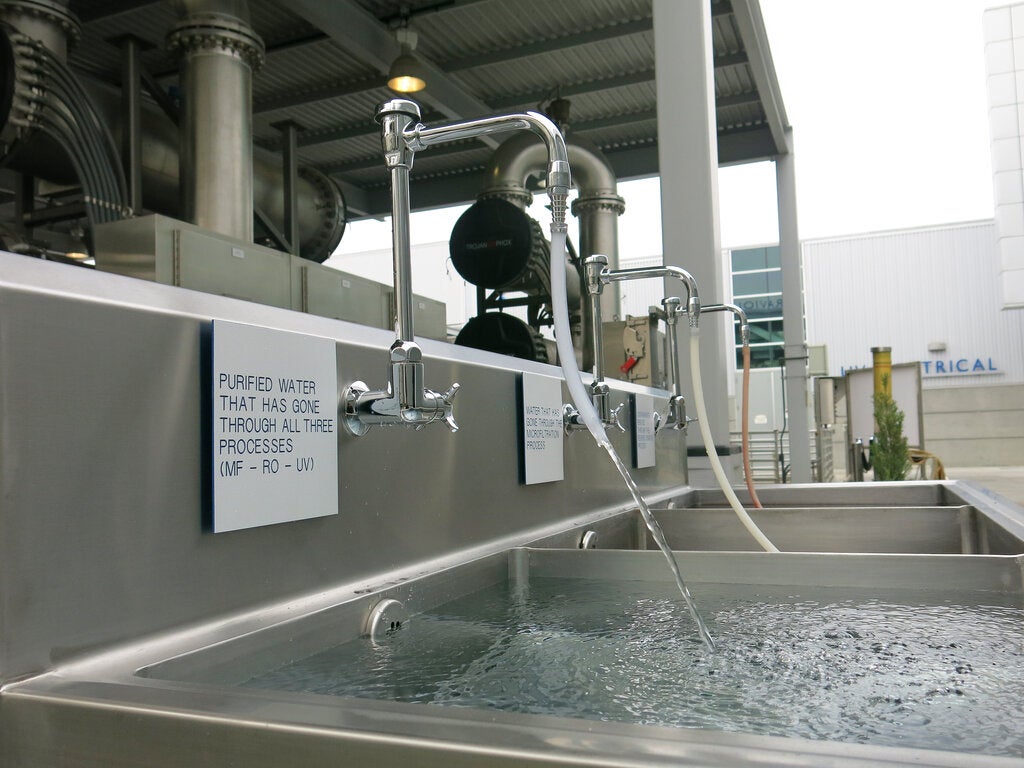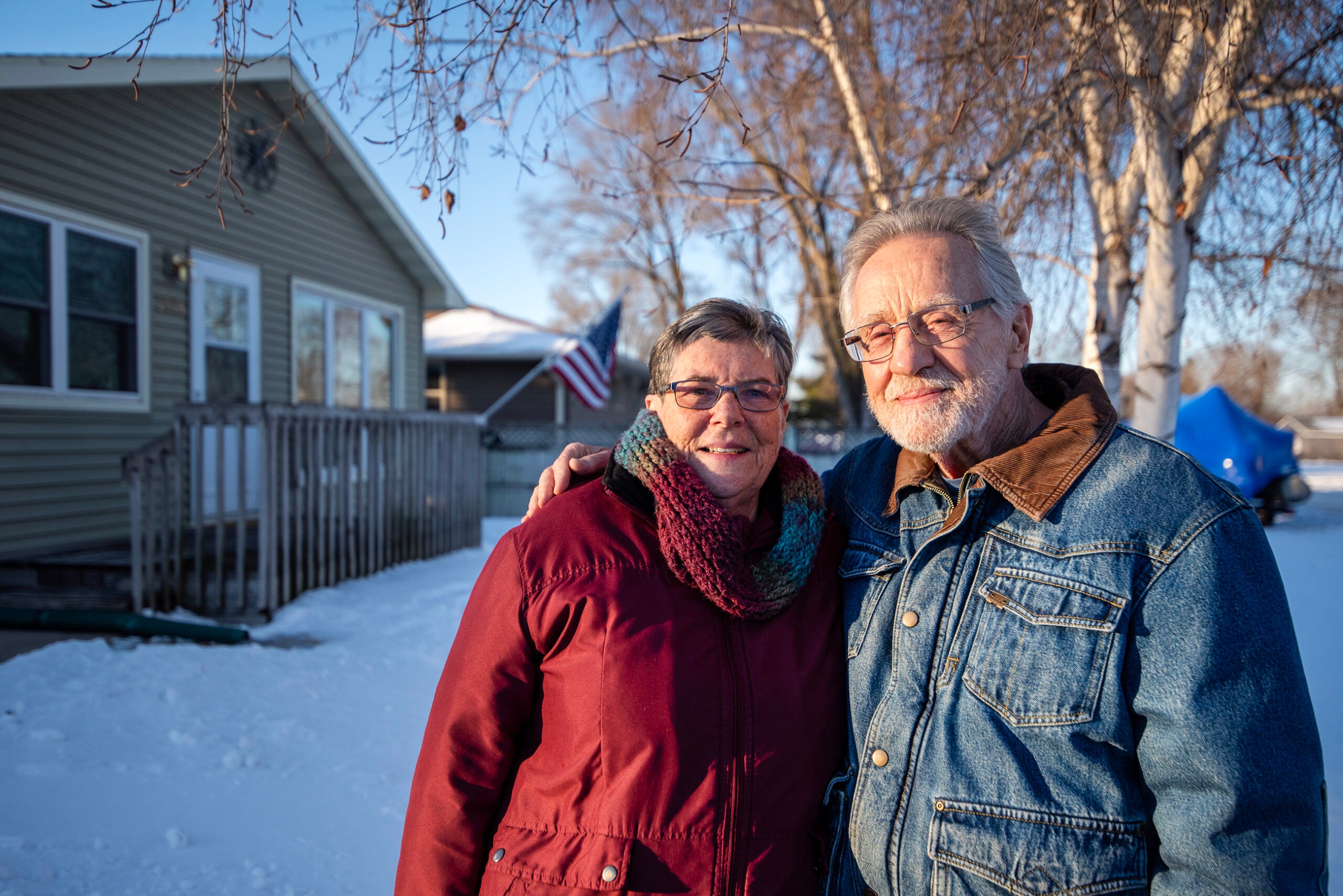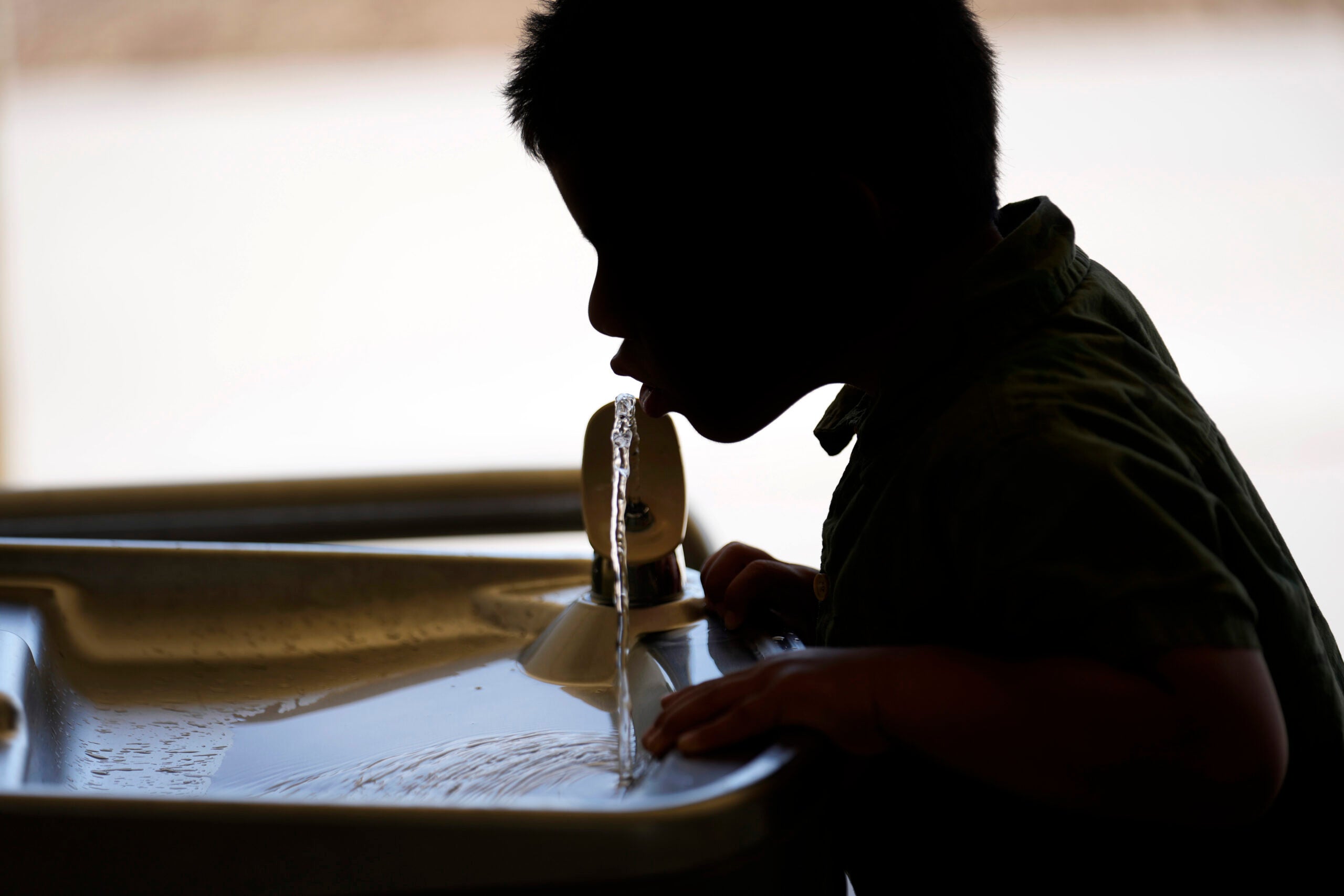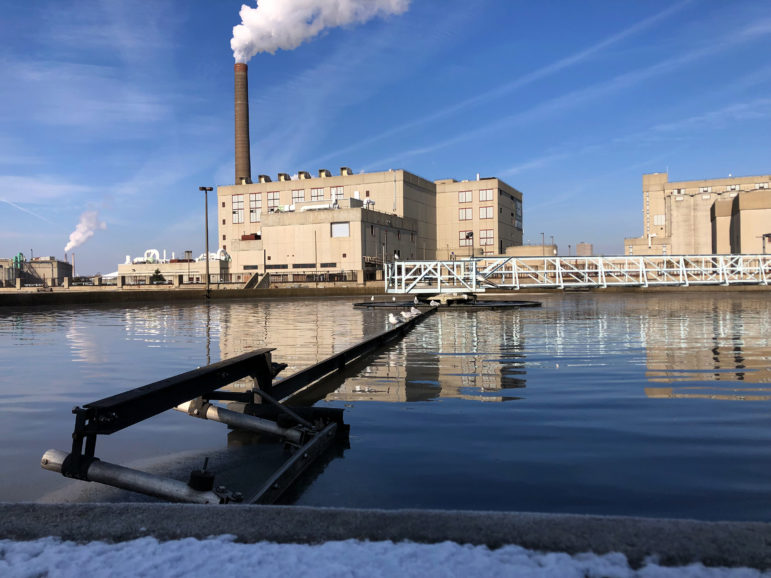Wisconsin abounds with water resources, especially as the state borders three of the world’s largest bodies of freshwater: Lake Superior, Lake Michigan and the mighty Mississippi River.
But in some corners of Wisconsin, access to fresh water can be scarce or expensive. So even in this state, efforts are underway to convert sewage into a safe, drought-resistant source of drinking water.
Peter Annin appeared on WPR’s “The Morning Show” to discuss water recycling in the Midwest and elsewhere. He directs the Mary Griggs Burke Center for Freshwater Innovation at Northland College in Ashland and is the author of a new book, “Purified: How Recycled Sewage Is Transforming Our Water.”
Stay informed on the latest news
Sign up for WPR’s email newsletter.
“Recycling is inherently sustainable and that goes with whether you’re talking about paper or plastic, and it’s true with water as well,” Annin said. “By reusing water instead of taking more water from the environment, we are leaving more water for plants, animals and the environment behind.”
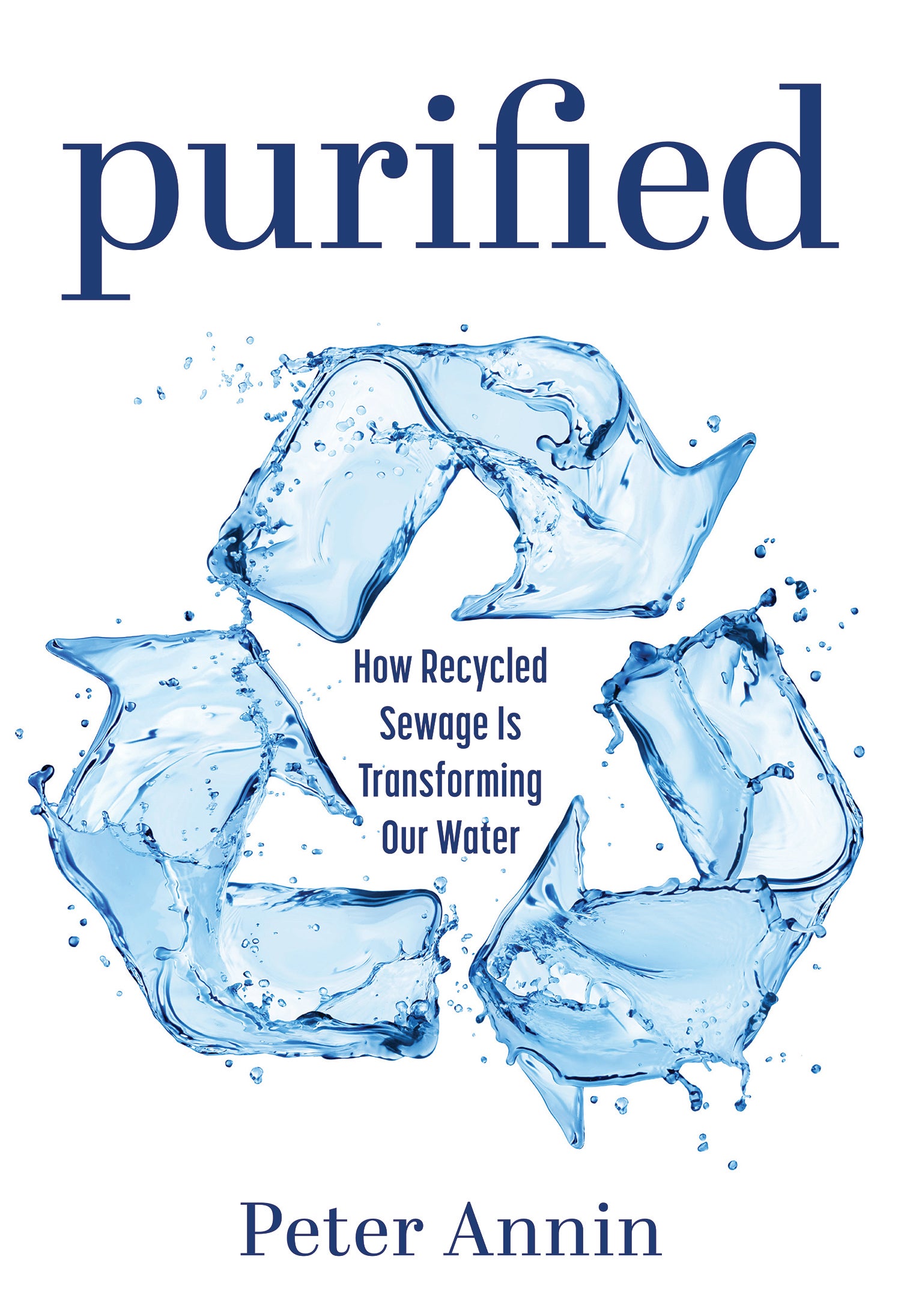
The following was edited for clarity and brevity.
Kate Archer Kent: You write about Grassland Dairy in Eau Claire. The farm has its own direct water reuse system right on the farm, and you call it the most cutting edge form of water recycling in water-rich Wisconsin. How often are people in our state drinking recycled wastewater?
Peter Annin: It depends on how you look at it, but technically, we’re not drinking it here yet. But many other states, especially in the Sunbelt, are.
What’s really cool about Grassland Dairy is they’re at the cutting edge of this national movement. They’re using one of the most technical, complicated forms of potable water recycling there on the farm and kind of quietly doing it. And they’re one of the largest butter producers in the country.
KAK: What you’re saying is they’re not using their local water resources, and they are recycling their wastewater on the farm as kind of a standalone operation?
PA: That’s right. They’re in a unique situation. … Grassland Dairy happens to be located in this area where there’s not a lot of available groundwater or surface water. So for a while, they were trucking in water from a local utility, and then they decided to invest in this cutting edge water recycling program.
It not only provides a new, clean, safe drinking water supply … It also reduces the sewage discharge from the farm.
KAK: Your book addresses the common “Yuck!” response people have to the idea of recycling wastewater from toilets. Is recycled wastewater safe to drink?
PA: It absolutely is. It is the natural reaction that most people have, but these treatment systems are so high-tech, and they’ve been increasing across the country. They’ve been online and serving customers, millions of customers in a place like Orange County, which is the national if not international leader in this movement, for many years now, without incident.
![Peter Annin [AN-nihn] is the director of the Mary Griggs Burke Center for Freshwater Innovation at Northland College in Ashland. He is the author of “Purified: How Recycled Sewage Is Transforming Our Water.” Peter Annin [AN-nihn] is the director of the Mary Griggs Burke Center for Freshwater Innovation at Northland College in Ashland. He is the author of “Purified: How Recycled Sewage Is Transforming Our Water.”](https://www.wpr.org/wp-content/uploads/2023/12/peterannin2b-low.jpg)
Listener question: How much does it cost to recycle this water and how much electricity does it use?
PA: Water recycling does use a lot of energy, but it uses less energy than desalination, and it uses less energy than importing water supplies from the Colorado River or, God forbid, the Mississippi River.
The cheapest and easiest water is coming from the ground, or it’s coming from surface waters. And then what we’re seeing, depending on where you live and what your other water options are and your local community, is that water recycling is in the mix above average but not the most expensive option.
KAK: Where do people get their water if wastewater recycling is inaccessible?
PA: Wastewater recycling is accessible everywhere if you’ve invested in the technology. But most people get their drinking water either from surface waters like rivers and lakes, like many people in Wisconsin. Others get their drinking water from the ground, like the city of Madison.
What I explore in the book is that the water crisis has become so severe in so many parts of the Sunbelt that many of those traditional supplies have been exhausted.
Wisconsin Public Radio, © Copyright 2025, Board of Regents of the University of Wisconsin System and Wisconsin Educational Communications Board.
